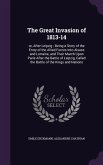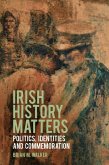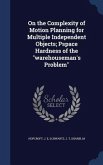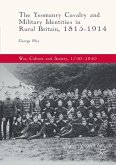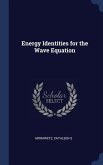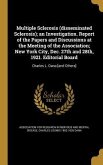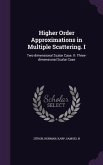This lecture explores the multiple identities of enslaved persons in ancient societies. Ancient masters and slaveholding societies often behaved as if the only identity that mattered for enslaved persons was their classification as slaves. While slave classification had profound implications, it was not the only identity that mattered. Employing key conceptual tools from the study of identities, it analyses the diversity of the identities of enslaved persons around six axes. The first axis concerns the imposed identity of slavery and its impact on the self-understanding of enslaved persons. The second examines work and function and the extent to which these led to the creation of identities. The third focuses on gender, family and kinship: male and female identities and the identities and roles of spouses, partners, parents, children, siblings and relatives. The fourth explores ethnic and religious identities. The fifth concerns time: the identities of freedpersons and of enslaved persons who had lived as free and how these identities related to their past. Finally, the sixth axis explores the entanglement between the diverse identities of enslaved persons and the groupness of slave identities.
Bitte wählen Sie Ihr Anliegen aus.
Rechnungen
Retourenschein anfordern
Bestellstatus
Storno


